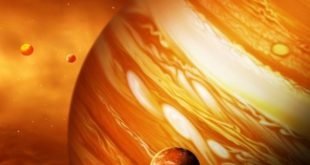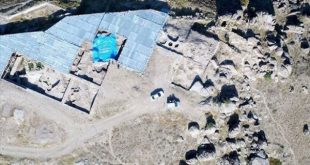 This March on Mars is bad weather, unusual even for the harsh climate of the red planet.
This March on Mars is bad weather, unusual even for the harsh climate of the red planet.
Last week, NASA planetary scientists have observed Mars for the second giant dust storm that erupted just two weeks after the previous one ended.
Data obtained Orbiter NASA’s Mars Reconnaissance Orbiter (MRO), allow to judge about the geography and the power of these storms. The scale is impressive: both disaster started in the North of the equator, and then moved to the southern hemisphere of Mars; both spread on the territory, by area, surpassing the United States. This route is common for Martian storms, but the frequency and magnitude of no.
It is unclear what factors affect the magnitude of the Martian storms. On the planet constantly created small hurricanes, a little less large, and global, appear quite rare.
Until now, scientists have observed the highest global frequency of storms in spring and autumn, when Mars passes closest to the Sun. Given that the Mars’s orbit changes approximately every 100,000 years, we can assume that in the past the Sun is more intensively heated other part of the planet and the winds did not originate in those areas where it is now.
When the temperature and pressure give rise to strong winds, sand particles and dust rise into the air. Only the lightest of them rise so high that they entice jet streams of the upper layers of the atmosphere; the flows of such particles give rise to global dust storms. In the history of Mars scientists knew only about a few of these events last until this year occurred in 2007.
There is speculation that part of the substance in the upper atmosphere of Mars comes not from the surface, and from other celestial bodies such as the moons of Mars Phobos and Deimos or Mars, flying past comets; however, until sufficient evidence of this theory there is.
© 2017, paradox. All rights reserved.




